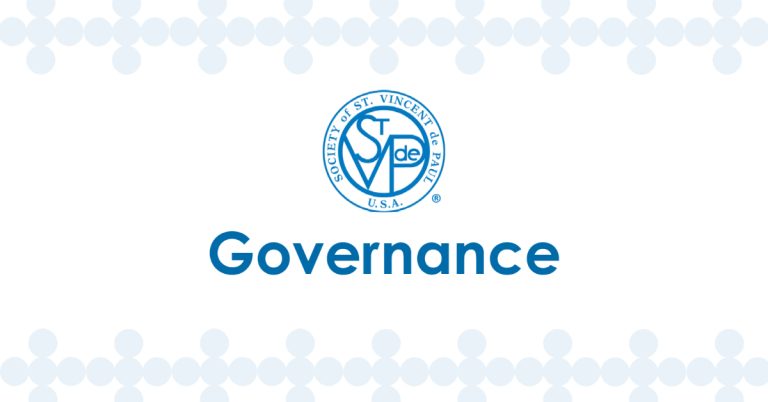What does succession planning really mean within the Society of St. Vincent de Paul? Essentially it refers to Conferences and Councils being prepared when a president’s term of office nears its end to present to membership Vincentians who are qualified and willing to take on the role of Conference or Council president. Realistically, succession planning relates to all officer positions, as well as committee chairs, etc. Achieving this goal requires preparation and training. To be more specific, it requires three parts preparation and three parts training.
- Preparation Part 1: Conference members should be exposed to regular reinforcement of the idea of growing into some role in Conference and/or Council leadership. This is something each member should be encouraged to consider from the day he/she joins the Society.
- Training Part 1: The Ozanam Orientation is the basic formation/training that all Vincentians need to experience. The National Council recommends that all members attend an Ozanam Orientation at least once and suggests attending again every few years as a refresher. It is also recommended that all members read the document “Who Me? Why in the World Should I Become a Vincentian Leader?” (Click here)
- Preparation Part 2: This should begin when the newly elected president takes office. He/she should identify a few members of the Conference or Council with leadership potential and begin encouraging/coaching them so they will be ready and willing to serve when the time comes. One year before the next election the need for a new president and officers, as well as the election process, should be promoted.
- Training Part 2: Throughout the term of the president, he/she should be coaching those selected for leadership roles. The greatest encouragement (or discouragement) comes from the personal example shown by the current president and officers. How they view and perform their roles will help determine what others will think about serving in those positions.
- Preparation Part 3: The election of a president should be held at least six months before his/her term begins. This gives time for the newly elected president and appointed officers to shadow the current officers and be prepared to take on their new roles on October 1.
- Training Part 3: Before the new president and officers take office and soon afterwards, they should take advantage of the training programs and resources available to help them understand their roles. There are many resources in this area that can be found on the National Council website such as Conference President Training, Servant Leadership Workshop and others.
Succession planning is not difficult but it does require effort. Putting it off is easy but not wise. You do not want to come to election time and only have one candidate – the one who steps in because no one else will and who may not be the right person for the job.


